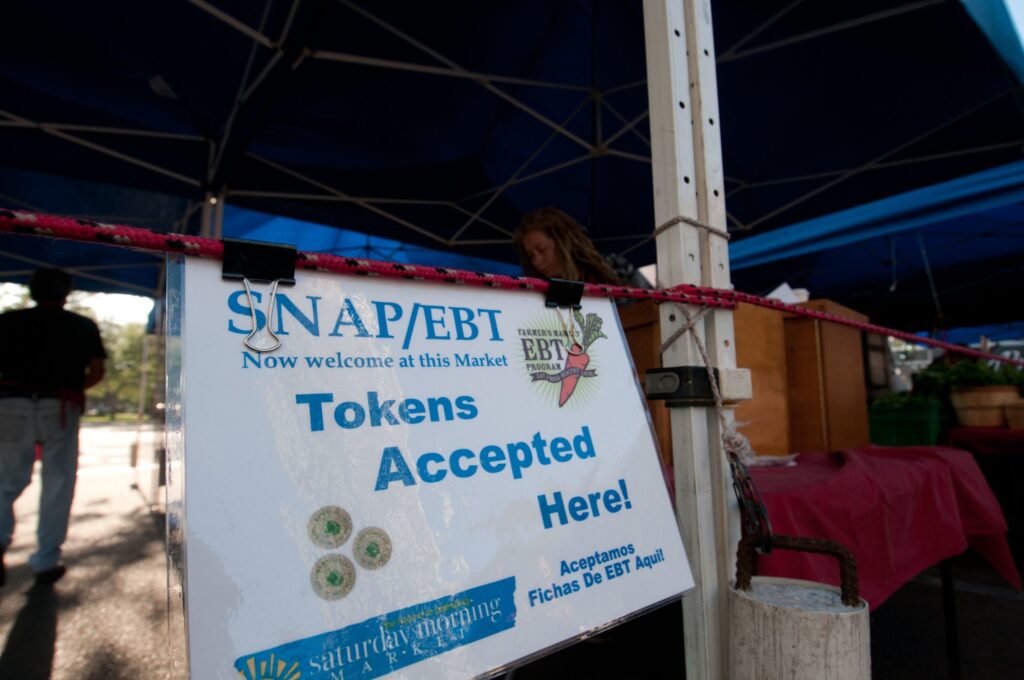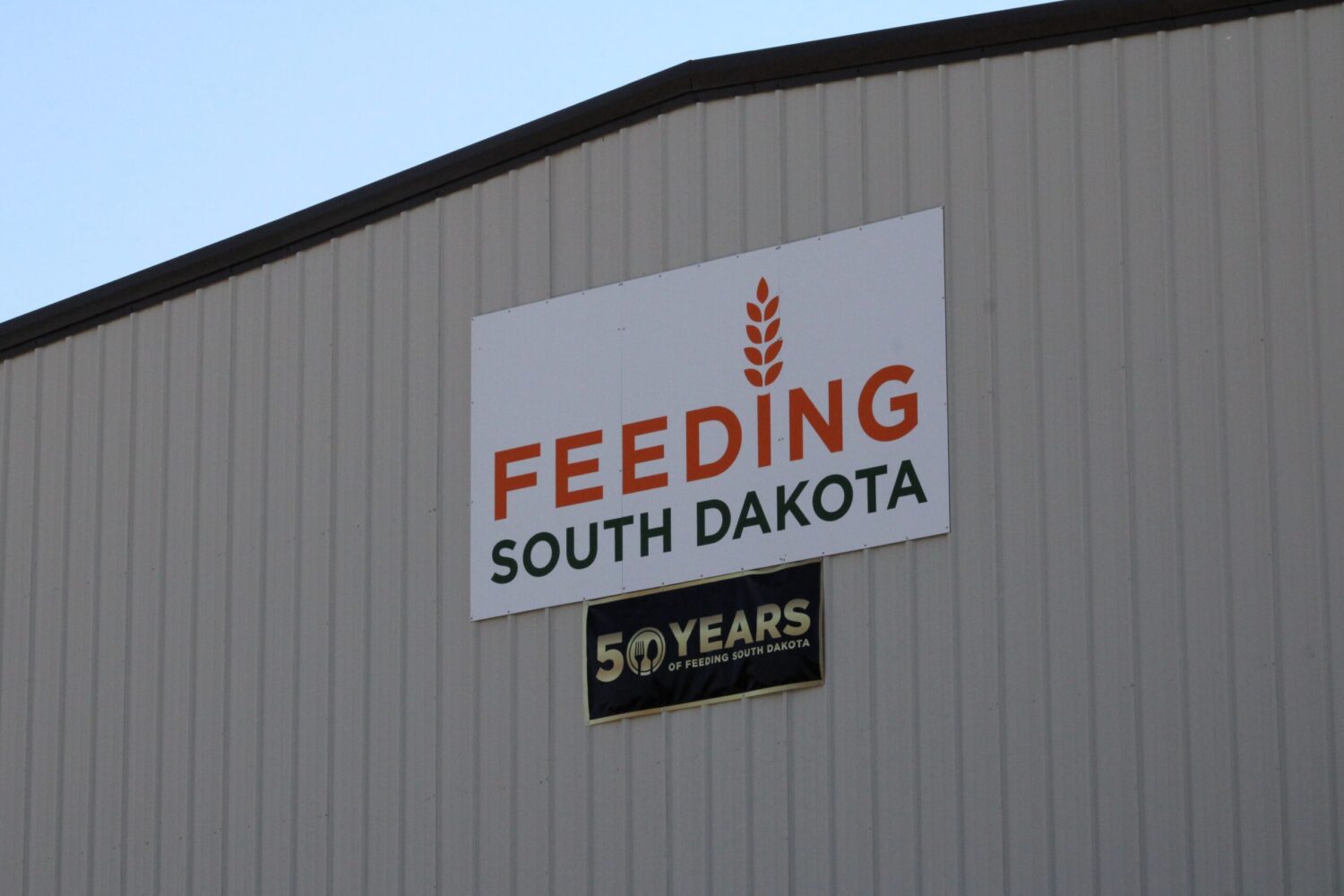
At a farm market in St. Petersburg, Florida, on April 14, 2012, SNAP recipients were able to use their Electronic Benefits Transfer cards for food. (Photo by Lance Cheung/USDA).
Federal changes to a food assistance program will cost South Dakota $5 million starting next fiscal year, according to the state Bureau of Finance and Management.
The situation “could be much worse,” said state Department of Social Services Secretary Matt Althoff, given that the estimate is significantly lower than costs anticipated in other states.
President Donald Trump signed the policy changes for the Supplemental Nutrition Assistance Program into law on the Fourth of July as part of broader legislation known as the One Big Beautiful Bill Act. The SNAP provisions include expanded work requirements and requiring some states to match a percentage of benefits. Previously, the federal government covered 100% of the benefit cost.
Federal fallout
As federal funding and systems dwindle, states are left to decide how and whether to make up the difference.
South Dakota’s $5 million price tag comes from a shift in some of the program’s administrative burden from the federal level to the state, according to state officials.
Budget impacts in other states include an estimated $133 million in Connecticut and $240 million in Maryland. Those states will be required to match federal SNAP benefits at 15%, while South Dakota won’t have any match to pay. That’s because the new law allows states to avoid a match if their SNAP error rate is below 6%.
South Dakota has the lowest error rate in the nation at 3.28%. SNAP payment error rates measure how accurately a state determines eligibility and benefit amounts for recipients.
Althoff credited the low error rate to his staff’s “due diligence” and focus on accuracy. South Dakotans currently receiving SNAP benefits should not see a change in the level of benefits they’re receiving due to an increase in the state’s administrative burden, he said.
The $5 million cost will impact other parts of the department’s budget or the broader state budget, he added.
“We’re not squirreling away that money right now, so there’s going to be a reduction in services or something else if that’s to be achieved,” Althoff said. He did not suggest potential cuts.
In May — the most recent month of available data — 37,712 South Dakota households received SNAP benefits, costing the federal government $14.9 million. Of the 75,282 people receiving benefits, 45% were children.
Stacey Andernacht, vice president of public relations for Feeding South Dakota, is grateful for Althoff’s assurances about the minimal impact to beneficiaries. But she worries that people affected by expanded work requirements for SNAP won’t be able to obtain the food they need.
Nonpartisan policy institute Center for American Progress estimated in June that 14,000 South Dakotans would be at risk of losing some or all SNAP benefits due to expanded work requirements.
Work requirement exemptions were removed for homeless people and veterans, able-bodied people from 55 to 64 years old, people caring for a dependent child older than 13, and people 24 or younger who aged out of foster care at 18. Exemptions were added for tribal members covered by the Indian Health Service. The law did not set a deadline for when the new work requirements will be implemented.
Andernacht said she expects the largest impact to be among older adults and adults with teenage children. They may seek help from nonprofits like Feeding South Dakota and other food banks to meet their needs, she said.
According to the state Department of Social Services, there were 1,714 able-bodied SNAP recipients between the ages of 55 and 64 as of July 1.
Andernacht recommended families continue to use SNAP benefits as normal until federal guidance is released. She said adults who fall within the expanded work requirement categories should be proactive in seeking work.
Feeding South Dakota reported a $2.5 million budget shortfall in May due to a loss of federal support alongside a 12% increase in demand for mobile food distribution across the state, Andernacht added.
“We’ll put roughly the same amount of pounds into the state as last year, but we’re serving more people every month,” Andernacht said. “The only way to serve more is to stretch. You either serve more people less food or you serve fewer people and the same amount of food.”
GET THE MORNING HEADLINES.



